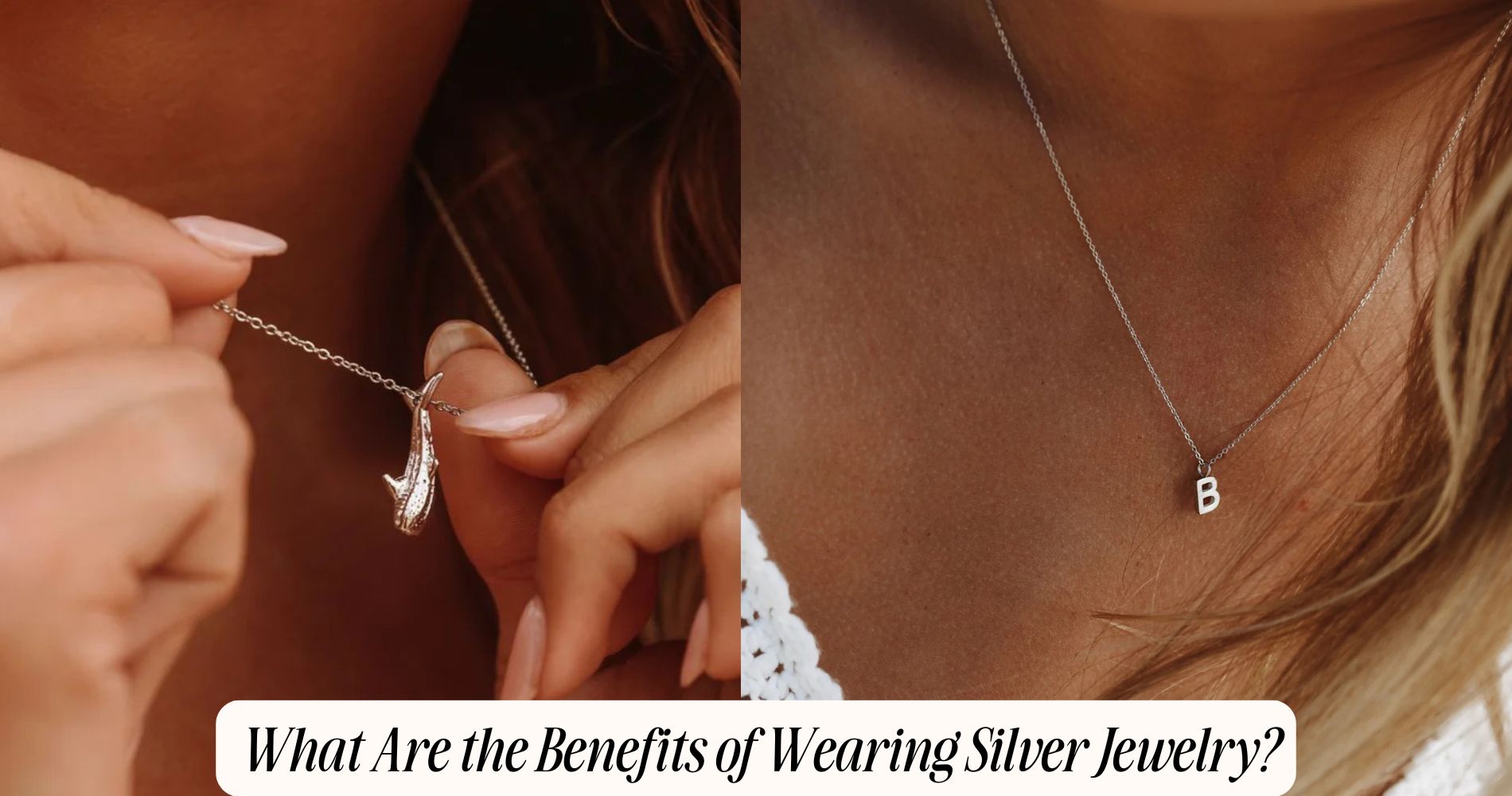
What Are the Benefits of Wearing Silver Jewelry?
What are the benefits of wearing silver jewelry? From ancient times to modern fashion, silver has remained a top choice for both its beauty and function. It’s hypoallergenic and antibacterial, making it ideal for sensitive skin. Silver is also incredibly durable—perfect for daily wear without losing its shine. Its low-maintenance care and resistance to tarnish make it a lasting favorite. With versatile designs that fit any occasion, silver jewelry isn’t just stylish—it’s a smart investment that can even appreciate over time. For pieces that balance elegance with everyday practicality, explore our Waterproof Jewelry collection.
Timeless Appeal and Versatility
Although jewelry trends evolve over time, silver remains a constant due to its unique blend of elegance and adaptability. When you wear silver jewelry, you tap into centuries of historical significance; ancient civilizations like the Egyptians and Greeks valued silver for its rarity and beauty.
Its malleability allows craftsmen to create intricate designs, making it a favorite for both traditional and contemporary styles. Silver’s neutral luster complements any attire, enhancing your ability to accessorize for any occasion.
Beyond aesthetics, silver holds deep cultural symbolism, often representing purity, clarity, and prosperity in various societies. By choosing silver, you embrace a legacy that bridges past and present, ensuring your accessories remain timeless while effortlessly adapting to new fashion landscapes.
Hypoallergenic Qualities for Sensitive Skin
Because skin sensitivity is a common concern, especially when it comes to jewelry, silver’s hypoallergenic properties offer a distinct advantage. If you struggle with skin sensitivity or allergic reactions to metals like nickel, you’ll appreciate silver’s compatibility with sensitive skin.
Sterling silver, composed primarily of pure silver and a small percentage of other metals—usually copper—rarely causes irritation. This composition provides substantial allergy relief, making silver a preferred choice for those prone to rashes and discomfort.
Historically, cultures have valued silver not just for its beauty but for its gentle interaction with the skin. You can wear silver jewelry daily without fearing the redness or itching often triggered by less compatible metals, allowing you to enjoy both style and comfort with confidence.
Natural Antibacterial Properties
Beyond its compatibility with sensitive skin, silver also stands out for its natural antibacterial properties. When you wear silver jewelry, you’re benefiting from a metal known for its antibacterial efficacy—silver ions actively disrupt the growth of bacteria and fungi on surfaces they contact.
Historically, people used silver vessels and coins to help purify water and preserve food, recognizing silver’s role in natural healing long before modern science confirmed it. Today, silver’s antibacterial qualities are utilized in medical devices and wound dressings, highlighting the metal’s practical benefits.
Durability and Long-lasting Wear
When you invest in silver jewelry, you’re choosing a metal renowned for its impressive strength and resistance to wear. Silver’s atomic structure grants it significant durability, making it less prone to deformation under daily use.
Historically, cultures worldwide have valued silver for its longevity—ancient artifacts reveal its ability to endure across centuries. Modern sterling silver, typically alloyed with a small percentage of copper, increases hardness without sacrificing luster, ensuring your pieces remain intact and attractive over time.
You’ll also appreciate silver’s natural resistance to metal corrosion. While silver can tarnish in the presence of sulfur compounds, its tarnishing resistance is particularly higher than many base metals. This means your jewelry maintains its integrity and aesthetic appeal, giving you confidence in its lasting value and performance.
Easy Maintenance and Care
Even with regular use, silver jewelry demands minimal effort to retain its brilliance and structural quality. Silver’s atomic structure resists corrosion better than many other metals, which explains its enduring popularity since ancient civilizations.
For ideal maintenance, you should clean silver jewelry with a soft cloth and a mild, ammonia-free soap solution—this prevents abrasive damage and preserves the metal’s luster. Regular cleaning tips recommend polishing with specially designed silver cloths that remove tarnish without scratching.
When not wearing your pieces, store them in airtight containers or anti-tarnish bags to limit oxidation. These storage solutions greatly reduce the risk of tarnish and scratches, helping your jewelry maintain its original beauty.
Enhancing Personal Wellness
While silver jewelry is admired for its aesthetic appeal, it’s also historically valued for its purported health benefits. Ancient civilizations, such as the Egyptians and Greeks, believed silver possessed properties that promoted spiritual healing and protected wearers from negative energies.
Today, some people still turn to silver for its potential role in enhancing personal wellness, attributing calming effects to its presence against the skin. You might notice advocates claim that wearing silver jewelry can help maintain emotional balance, especially during stressful periods.
Scientifically, silver is recognized for its antimicrobial qualities, making it both decorative and functional. By wearing silver pieces, you engage with a tradition that blends material science and holistic wellness practices, aiming to support both your physical and emotional well-being.
Affordability Compared to Other Precious Metals
Although gold and platinum often dominate discussions of luxury, silver jewelry stands out for its accessibility and value. When you conduct a price comparison, you'll notice that silver consistently remains more affordable than its counterparts.
This affordability is rooted in both the abundance of silver in the earth’s crust and lower costs associated with extraction and refinement. Historically, silver has served as both currency and ornament, offering a durable yet attainable option for adornment.
Unlike gold and platinum, silver’s price is less susceptible to abrupt market fluctuations, which means you can invest in quality pieces without worrying about unpredictable spikes. Ultimately, silver allows you to enjoy the prestige of precious metals while maintaining budget-conscious choices, making it an ideal entry point for quality jewelry.
Wide Range of Styles and Designs
Beyond its cost-effectiveness, silver’s versatility enables artisans to craft jewelry in an impressive spectrum of styles and finishes. You’ll find pieces that reflect both cutting-edge seasonal trends and timeless classics. Silver’s malleability allows for intricate filigree, bold geometric forms, or minimalist motifs, adapting to shifts in fashion and personal tastes.
Historically, silver jewelry has carried deep cultural symbolism—think of ancient amulets, ceremonial adornments, and folk motifs that persist in modern designs. Many cultures favored silver for its luster and spiritual associations, influencing contemporary collections.
Whether you appreciate high-gloss polish, oxidized patinas, or textured surfaces, silver’s responsiveness to different techniques ensures a wide array of options. This adaptability makes it easy to express your individuality while honoring heritage and evolving fashion.
Suitable for Every Occasion
Whether you’re dressing for a formal event or opting for everyday simplicity, silver jewelry offers a refined solution that seamlessly shifts between settings. Thanks to its lustrous appearance and neutral tone, silver complements a wide spectrum of colors and fabrics, making it ideal for both formal occasions and casual wear.
Historically, silver has held prominence in ceremonial adornment as well as daily accessories, demonstrating its long-standing versatility. The metal’s malleability allows artisans to craft intricate designs suitable for an elegant gala or understated pieces perfect for work or leisure.
You’ll find that silver resists clashing with other metals or gemstones, enhancing your ability to mix and match. This adaptability ensures your investment in silver jewelry remains relevant, regardless of the occasion.
Investment Value and Collectibility
As silver maintains intrinsic value as a precious metal, its role in jewelry extends well beyond adornment into the domain of investment and collectibility. When you purchase silver jewelry, you're not just acquiring a decorative item—you're securing a tangible asset with enduring worth.
Silver's market trends have historically shown resilience, with values often rising during economic uncertainty. You'll find that antique or limited-edition silver jewelry pieces can appreciate over time, especially those with historical significance or unique craftsmanship.
Collectors prize hallmarked and designer pieces, knowing their rarity can drive future demand. By staying informed about current market trends and understanding the provenance of your jewelry, you can make strategic acquisitions that blend aesthetic appeal with long-term investment potential.
Frequently Asked Questions
Can Silver Jewelry Be Resized or Repaired Easily?
You’ll find jewelry resizing and repairing silver are relatively straightforward due to silver’s malleability. Skilled jewelers have adjusted and restored silver for centuries, using techniques rooted in traditional craftsmanship, making repairs and adjustments both efficient and historically common.
How Can I Tell if My Silver Jewelry Is Genuine?
To verify if your silver jewelry is genuine, check for hallmark identification like “925” indicating silver purity. Historically, artisans marked pieces this way, ensuring authenticity. You can also test with a magnet—real silver isn’t magnetic.
Is Silver Jewelry Safe to Wear in Water?
You can wear silver jewelry during water exposure, but frequent contact may cause tarnish or dullness. Historically, silver's reactive nature is well-known; after swimming or showering, dry thoroughly and use proper cleaning tips to maintain shine.
Does Silver Jewelry Tarnish Over Time?
Yes, your silver jewelry will tarnish over time due to the oxidation process, where silver reacts with sulfur in the air. You can slow tarnishing by applying protective coatings, a method historically used to preserve silver’s luster.
Are There Cultural Meanings Associated With Silver Jewelry?
When you wear silver jewelry, you connect to deep cultural symbolism and traditional significance. Across civilizations, silver represents purity, protection, and status. You’ll find historical context in rituals, adornments, and heirlooms, reflecting material insight and enduring cultural values.
Conclusion
When you choose silver jewelry, you’re embracing centuries of craftsmanship and style. Silver’s hypoallergenic and antibacterial properties make it a smart pick for sensitive skin, while its durability guarantees your pieces last. Maintenance is straightforward, and affordability lets you experiment with countless designs. Whether you’re dressing up for an event or investing for the future, silver’s historical significance and versatility offer both aesthetic and practical benefits, making it a timeless and reliable addition to your collection.








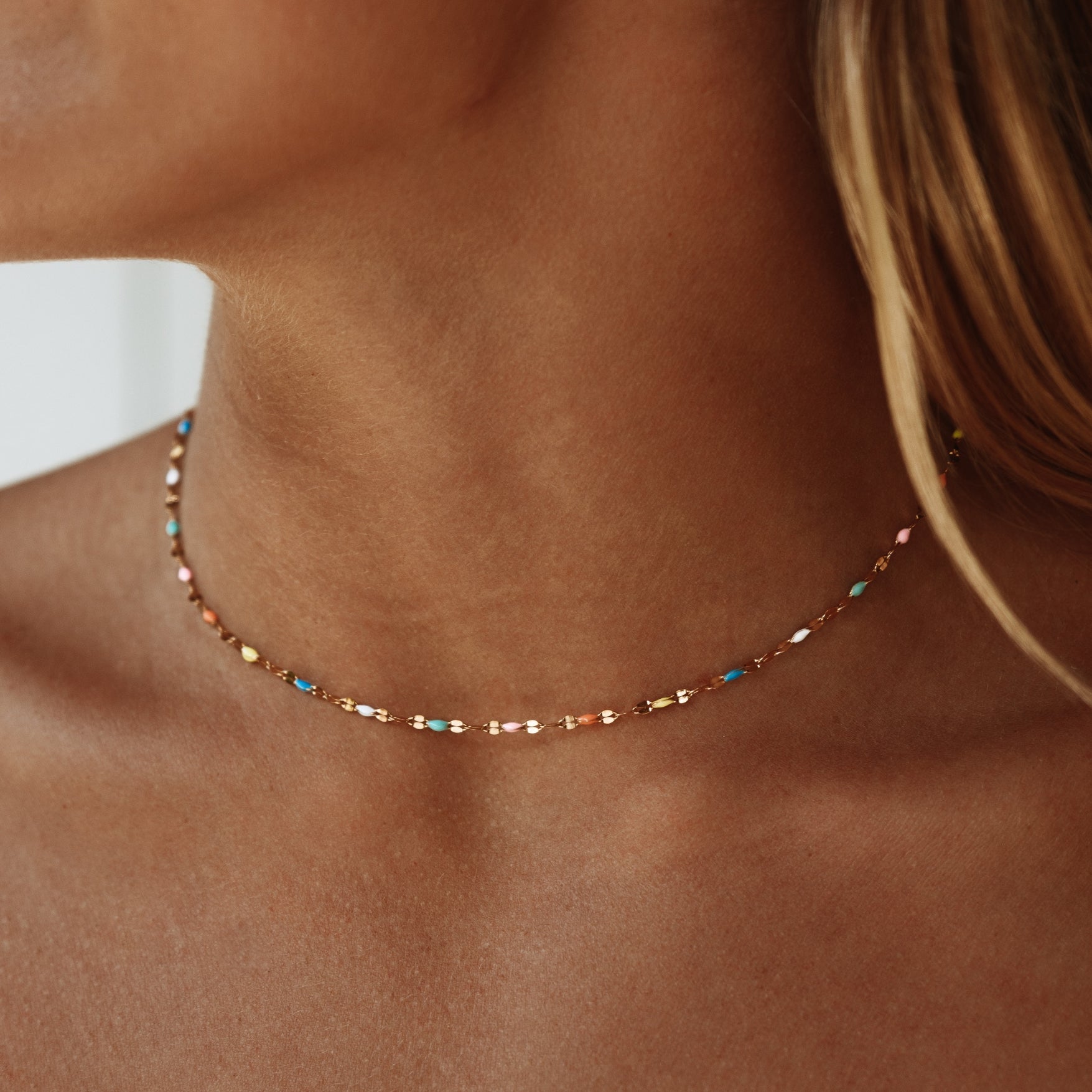
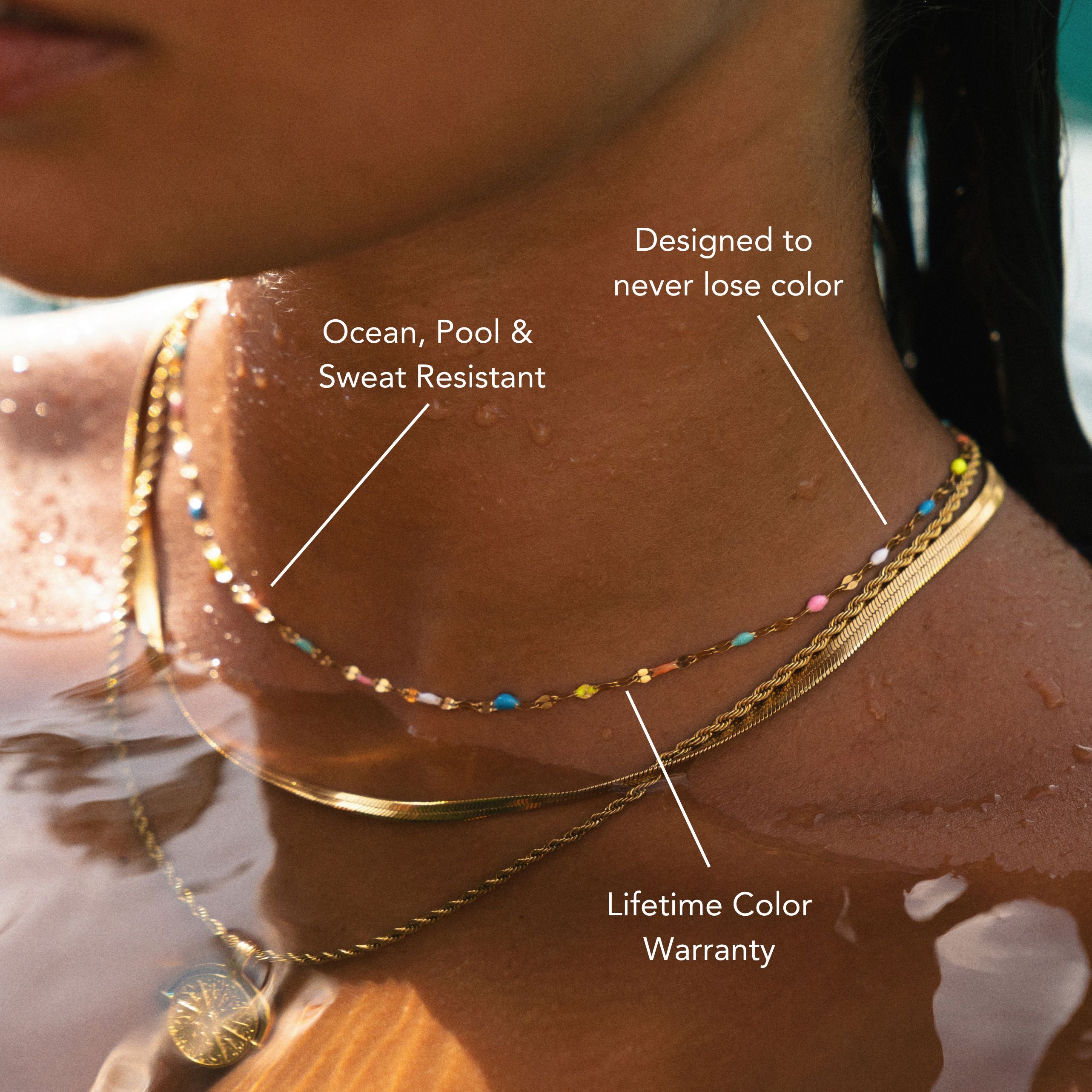


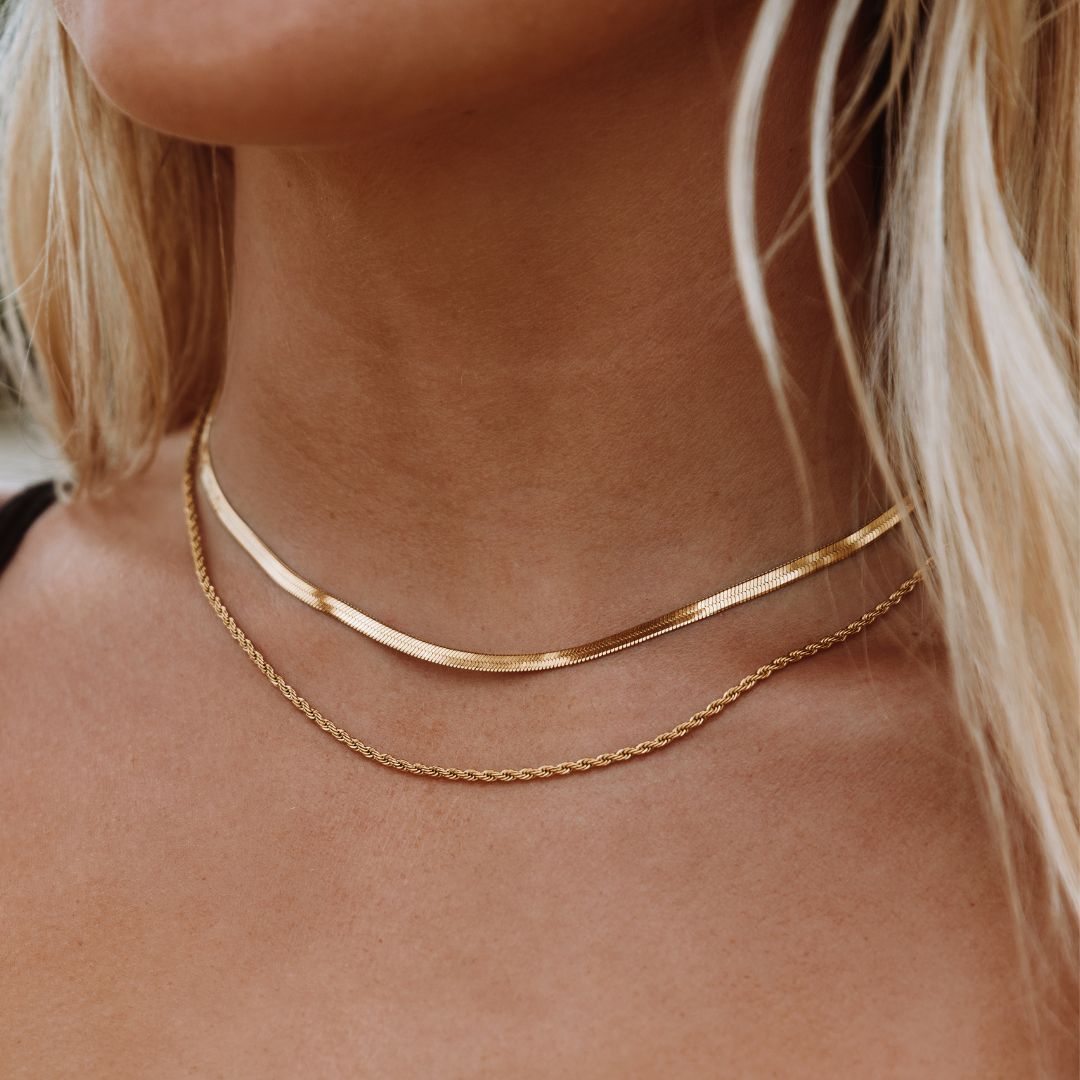
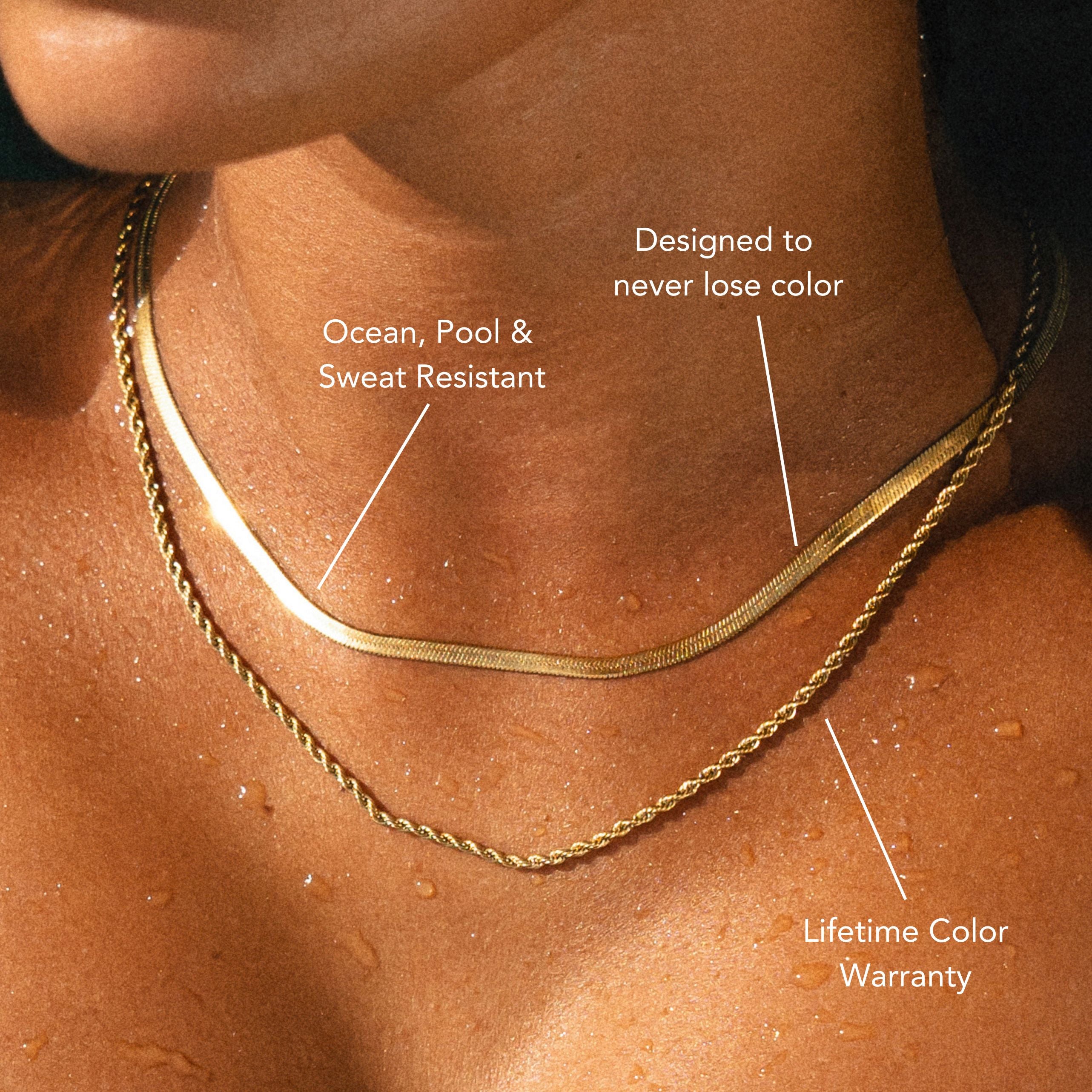

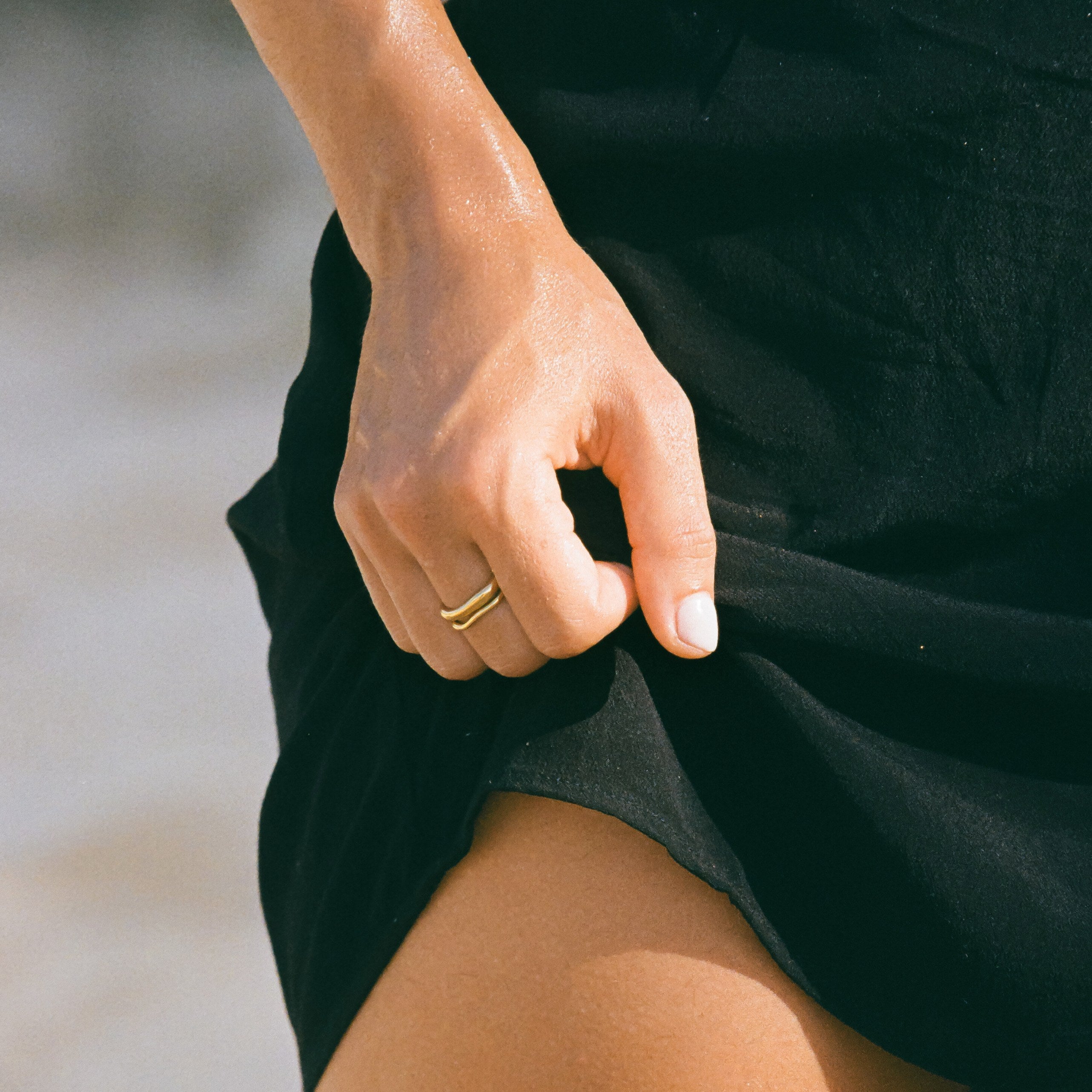
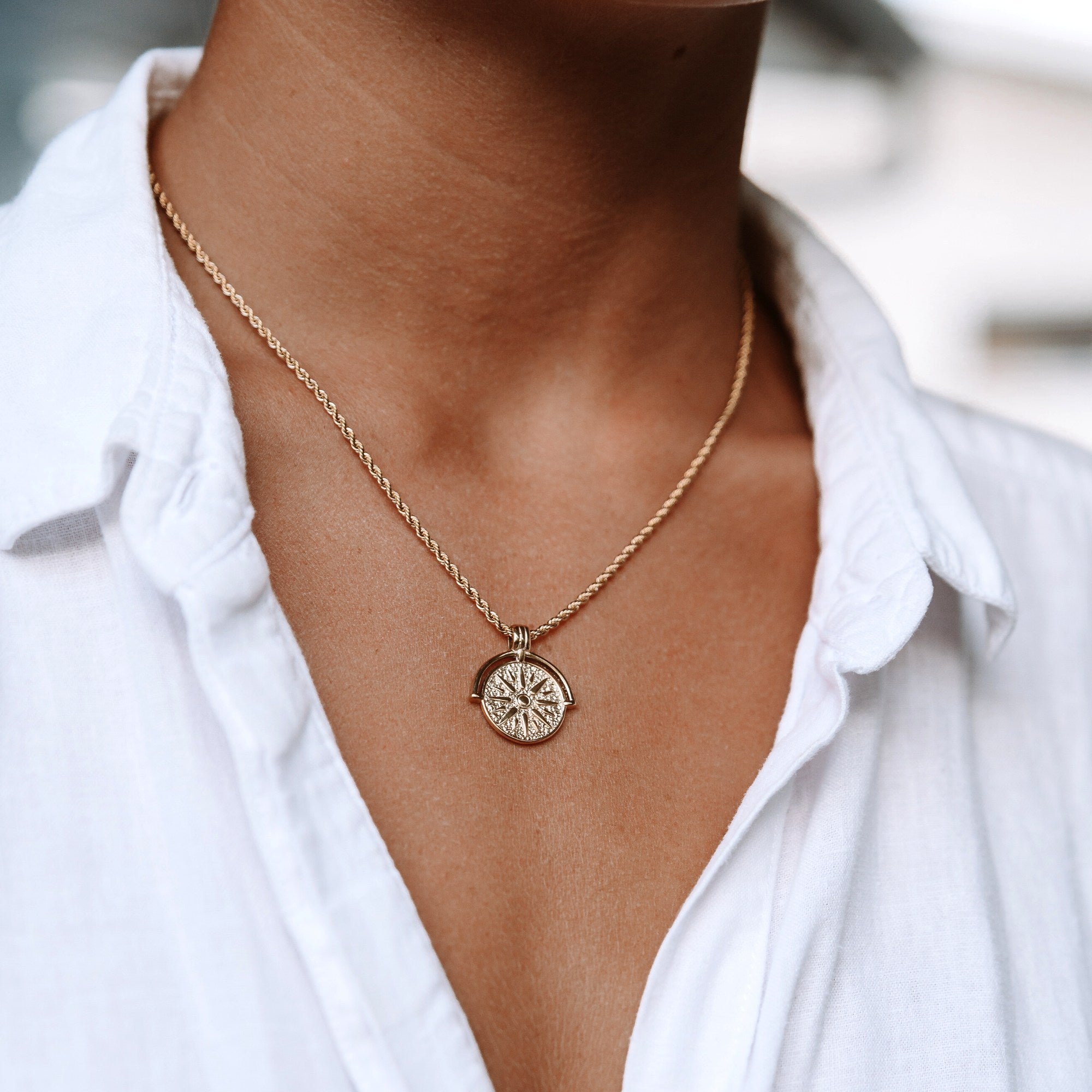
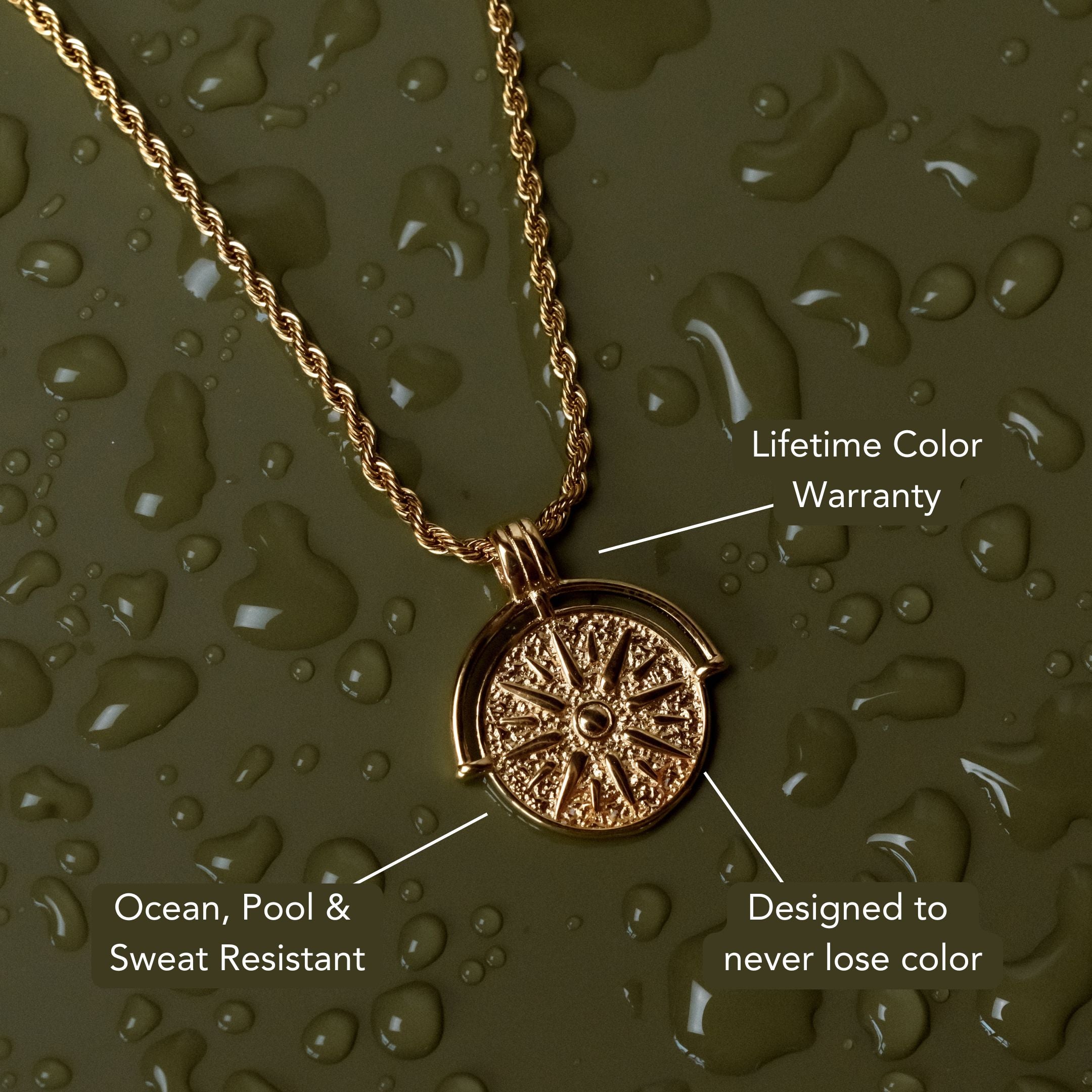
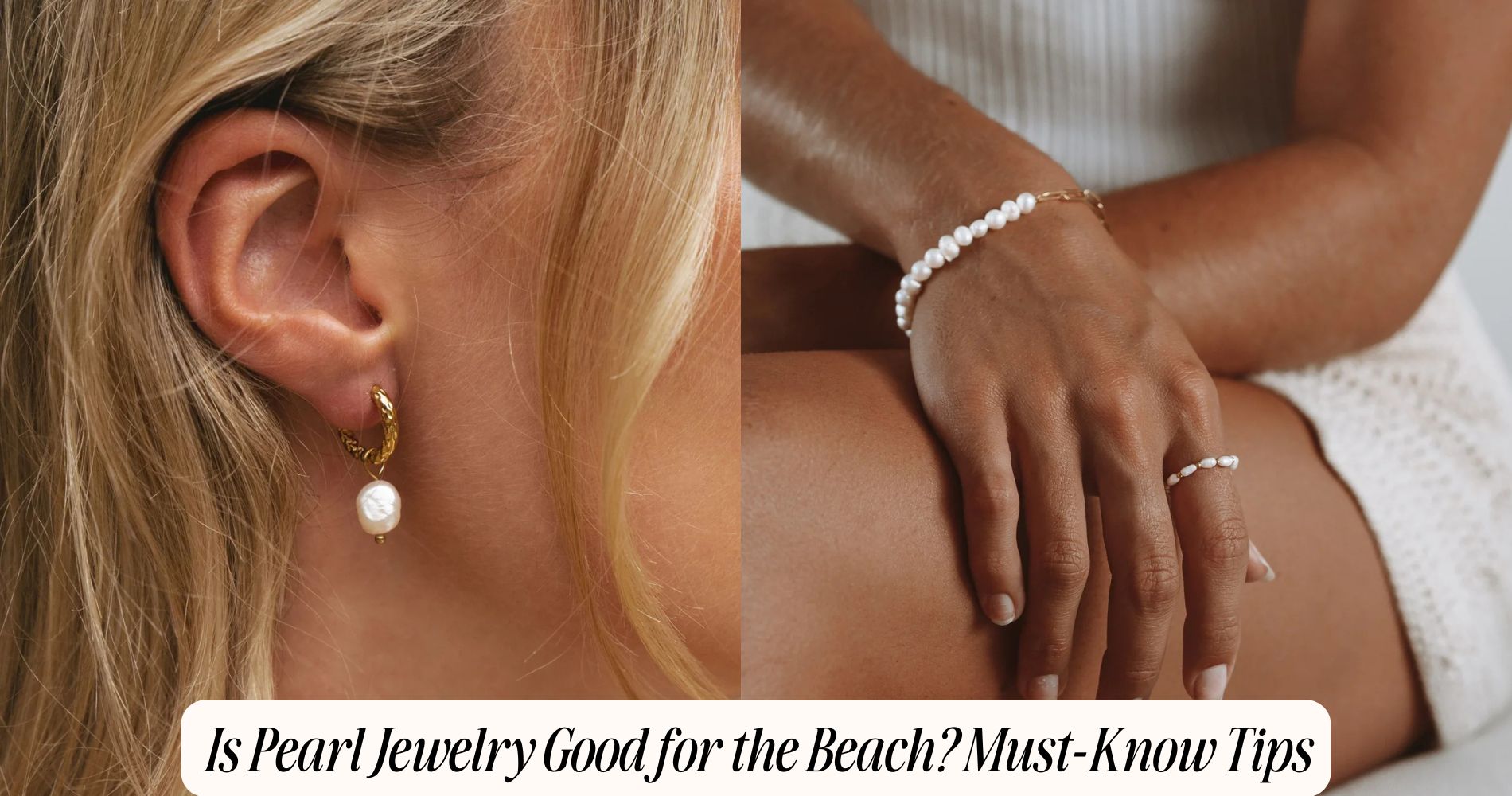
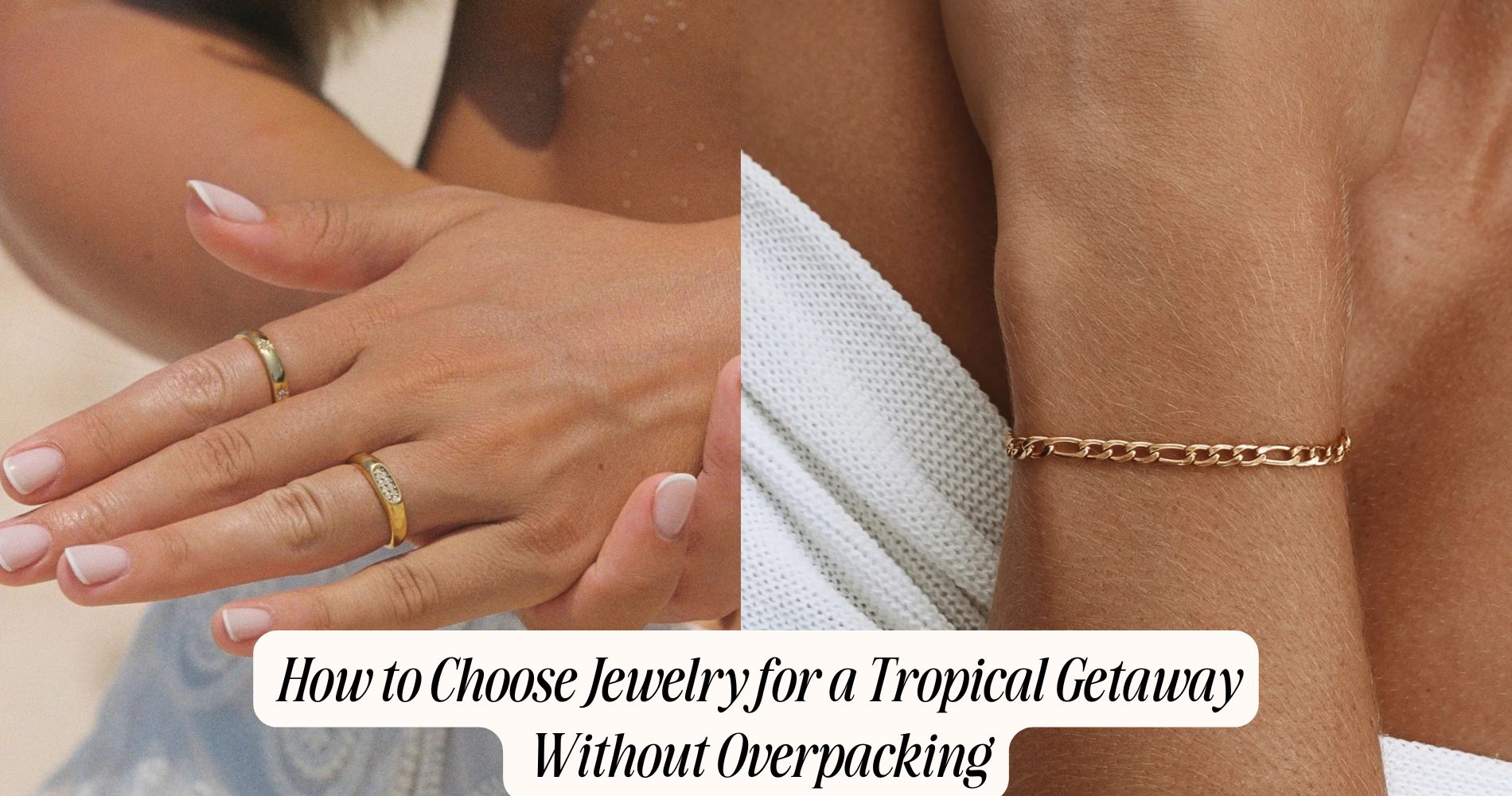




Leave a comment
This site is protected by hCaptcha and the hCaptcha Privacy Policy and Terms of Service apply.